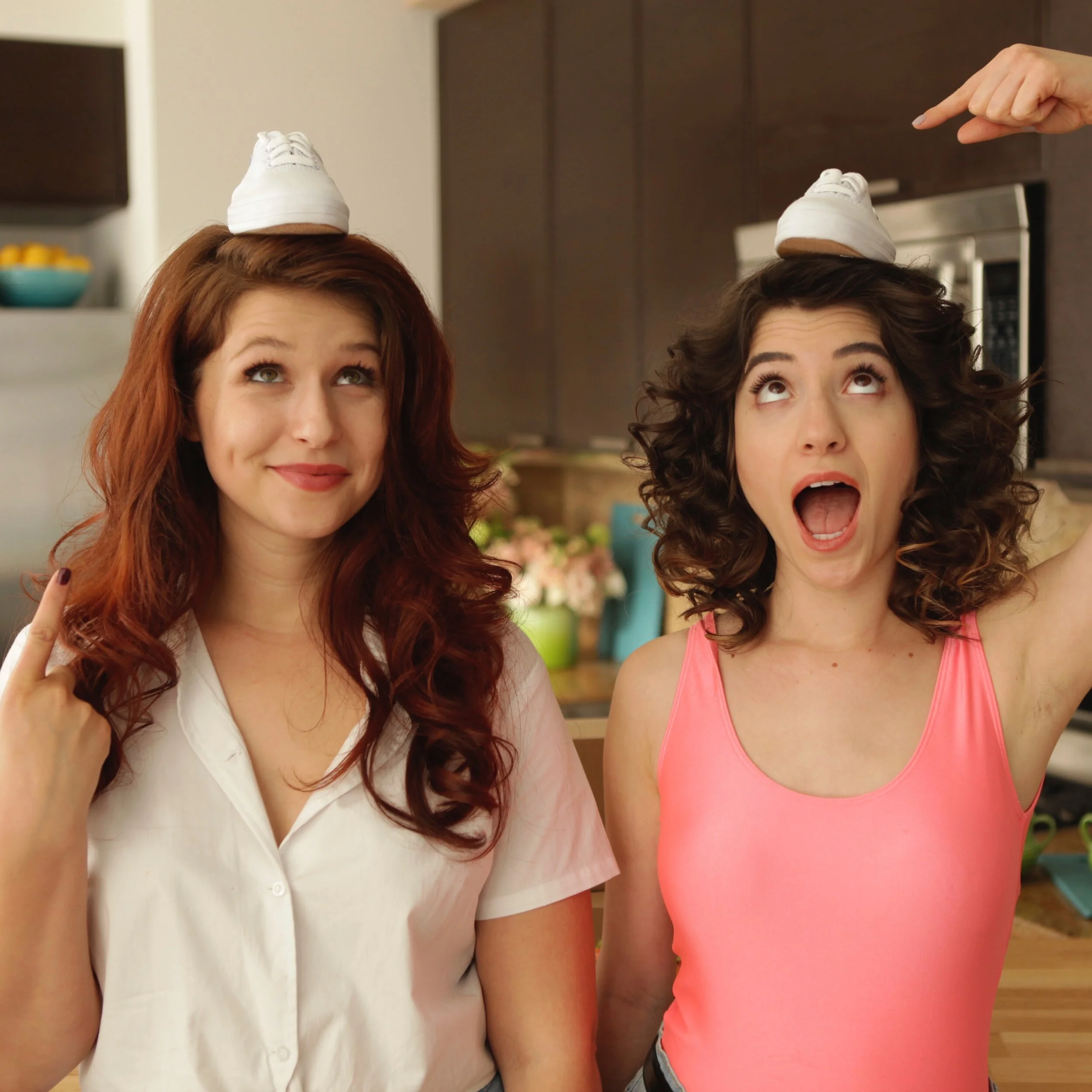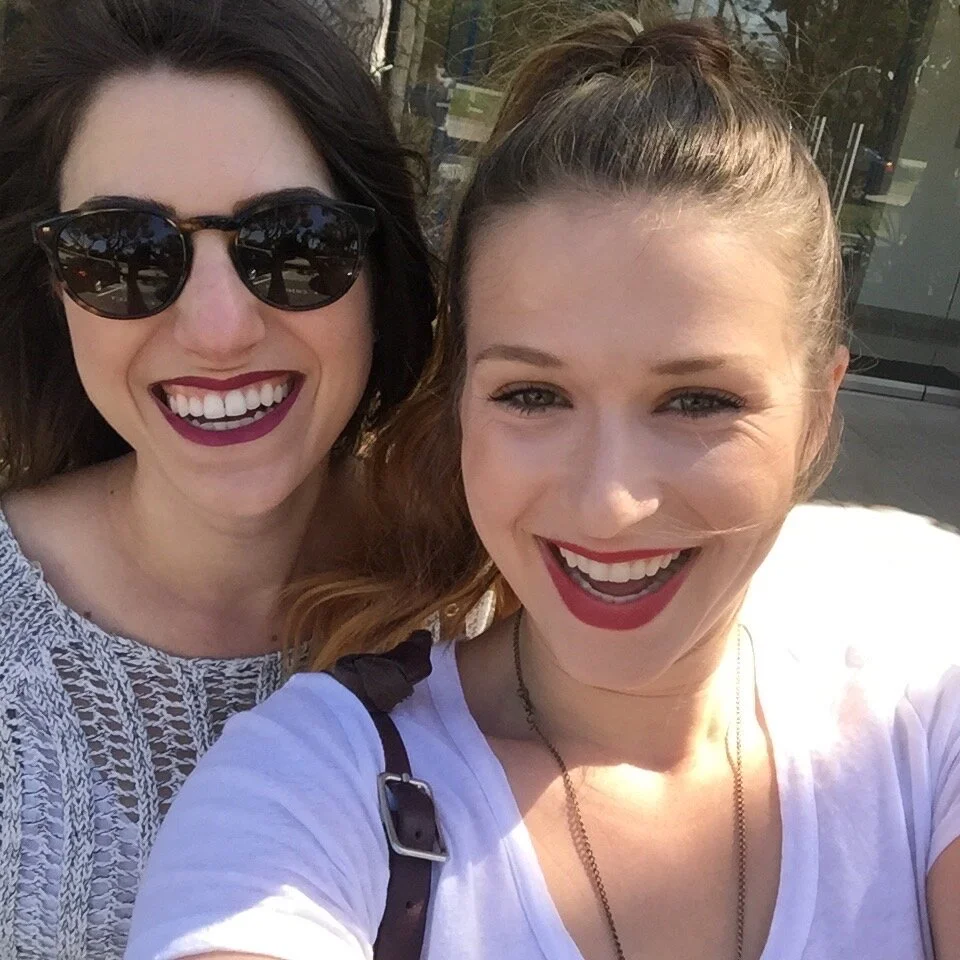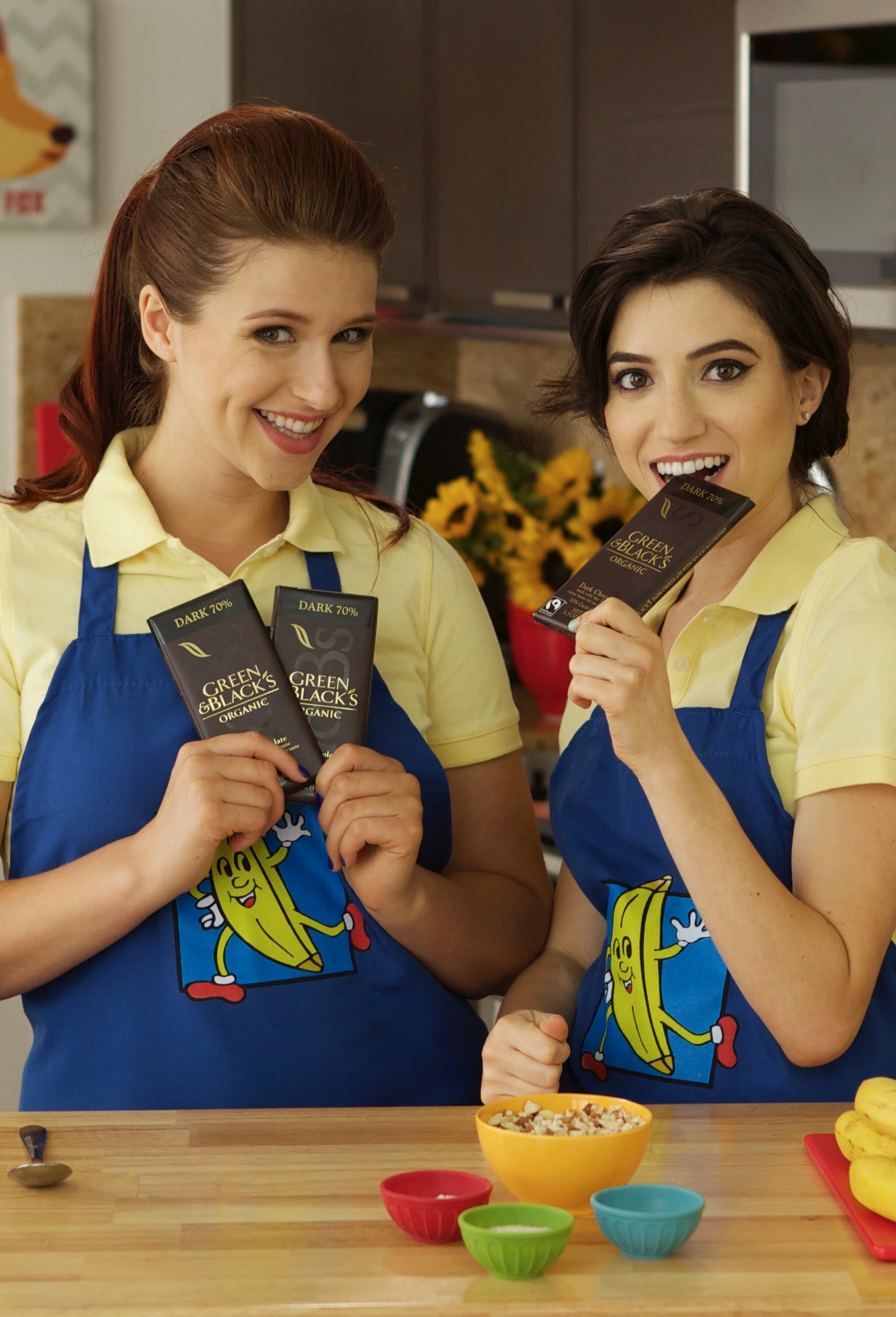Pandemic Pantry
A few months ago, my friend Natasha mentioned that her Instant Pot had been sitting on the dining room floor for over a year.
“Wait, really?” I asked, mildly alarmed.
“Yeah, where else is it supposed to go? All my storage space is full.”
Natasha, like so many of us, had stocked up on supplies during the Covid pandemic, and again like so many of us, she’d run out of space. Being my former roommate, producing partner and my oldest friend in Los Angeles, I was obliged to help.
A little backstory: in the summer of 2010, I moved to an apartment in Santa Monica with Natasha Feldman, and by that fall, I was 15 pounds heavier. Natasha was a culinary school student at the time and I wasn’t her first roommate to experience this phenomenon which we lovingly deemed The Feldman Fifteen.
Encouraging me to help myself to a second portion of dinner (like any good Jewish mother/roommate would) was only part of the equation. Natasha was also the queen of the dinner party. Several nights a week Tash and I found ourselves chatting in the kitchen as we cooked dinner for friends and it was truly the best.
We soon turned our kitchen banter into a cooking show called Cinema + Spice. After several memorable years of making that show together, Tash launched her own brand, Nosh with Tash, making appearances on The Food Network, Home & Family, and hosting her own self-titled shows on her Youtube channel and FOX 5 San Diego. She’s also an in-demand private chef and food stylist, and during the pandemic, pivoted to teaching online cooking classes for big groups of hungry people who were stuck at home.
In January 2020, a few months before COVID-19 descended on Los Angeles, Natasha convinced me to stock up on pantry goods. She had become a self-proclaimed “prepper” and, for once, I didn’t argue with this logic. Months later when grocery store shelves were empty but I was fully stocked with olive oil, grains and flour, I was incredibly grateful. There is a pitfall to stocking up though...how do you store it all?
Natasha doesn’t have a large kitchen, so to make space for her kitchen stock, she cleared out the guest room closet upstairs in her Los Angeles home and started piling it all in. Although she only bought things she knew she’d use, like dried beans and baking ingredients, it was hard to see what she had without an organization system in place. “Things started piling on top of each other, but everything was hidden so I didn’t know what was what, or where it was.” She explained the flaw in her system before I even had a chance to bring it up. “I decided I was very knowledgeable about what was in the back-up pantry, so I’d be like, ‘oh I definitely don’t have that,’ but if I had just gone upstairs and looked, I would have seen, ‘oops, I actually have six of those.’” Once we get to work, Tash and I take everything out of the backup pantry and sort through it. I encourage her to let go of anything she won’t realistically use. If it’s unopened and not expired, it goes in a bag to take to a local food pantry.
This isn’t the easiest activity for Natasha because she feels guilty getting rid of food, even if it’s something she doesn’t like and won’t use. And I completely understand, I have those same feelings as do most of our clients! It’s noble not to waste food, but eating 100% of what you buy isn’t always realistic and holding on to things you don’t like and won’t use causes you to waste more food in the long run because it often hides the things you do like and want. By clearing out space and only keeping things you know you’ll cook with and eat, you’re preventing food waste in the future. The key concept here is to weed through and eliminate what you don’t want or need and then create systems so your pantry will function better moving forward. Together, Tash and I sort her “keep” pile into categories and use some baskets she already has to contain each one.
“Now that she can see what she has, she’s more likely to eat everything before it expires.”
Another area we dive into is Natasha’s vast and colorful cookbook collection. I ask her to pick the ones that she uses the most and I set them aside to arrange in a cute, easy-to-access dining room nook. Then we gather the rest of the cookbooks that are spread around the house and order a book tower to house them in the corner of the dining room. Keeping them all in the same room makes recipe inspiration so much easier and Tash is thrilled with this upgrade.
We also do a quick cleanup of her spice drawers and kitchen pantry, tossing anything expired and rearranging items to fit efficiently into the spaces. Drawers and cabinets that are used a lot can get messy quickly, but they are usually only a quick 20-30 minute session away from being organized again. The key is to tackle them as soon as they start to get messy so you keep yourself from letting it get really bad.
Last but not least, it’s time to address the infamous Instant Pot. Because it’s not a daily or even weekly-use item for Natasha, we’ve cleared a space for it upstairs in the backup pantry, and the new houseplant Natasha put in its former corner of the dining room is much nicer to look at.
After a day of sorting and categorizing, the backup pantry and kitchen are reset. With her freshly organized kitchen, Natasha is feeling good again.
“I wake up in the morning and I’m excited to make breakfast...everything just feels more manageable.”
Natasha is a busy bee, recipe testing a lot these days and teaching several online cooking classes a week, so I don’t expect her to become a minimalist. But being honest with herself about what she realistically will or won’t use will go a long way toward staying organized.
Natasha is also looking forward to getting back to those signature dinner parties, “What I learned in the pandemic is to think a little more creatively about what a dinner party could look like and I’m excited to keep some of those untraditional ideas alive. To do more like snacky dinners up on the roof or have everybody bring sandwiches and meet at a park.” Whatever format Natasha’s future dinner parties hold, I hope helping with her pantry has earned me an invite.






















